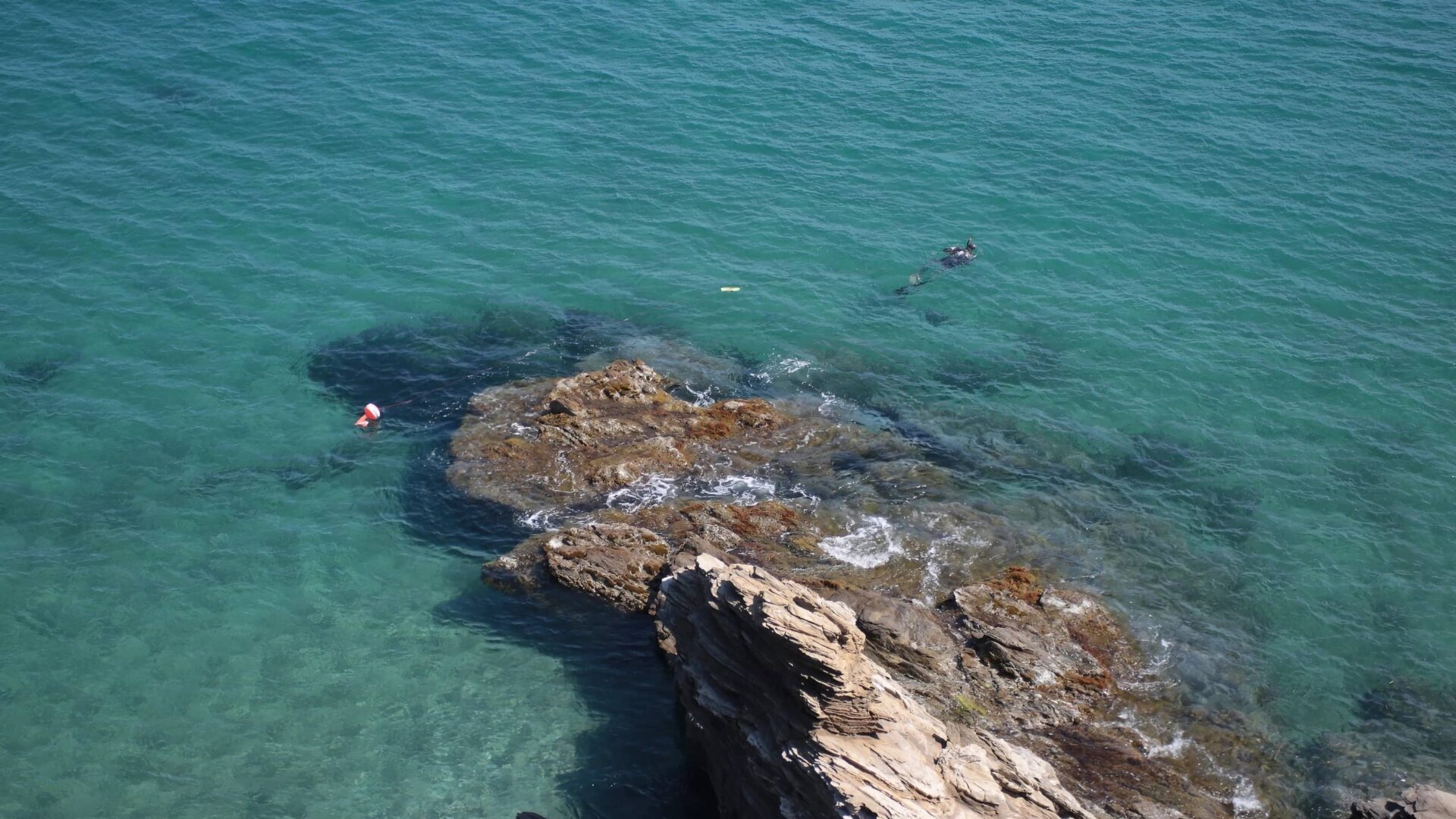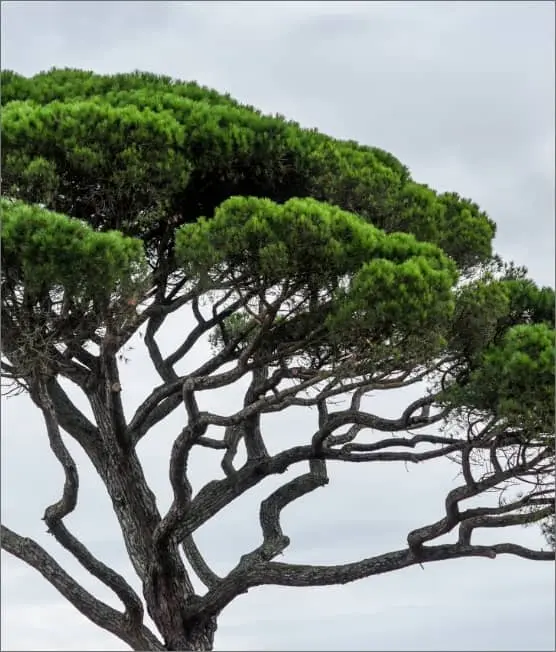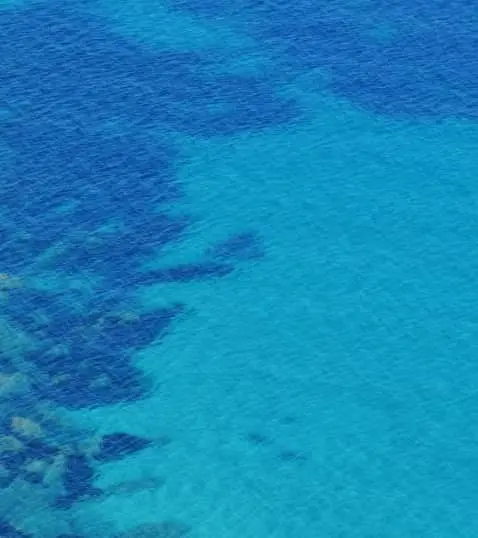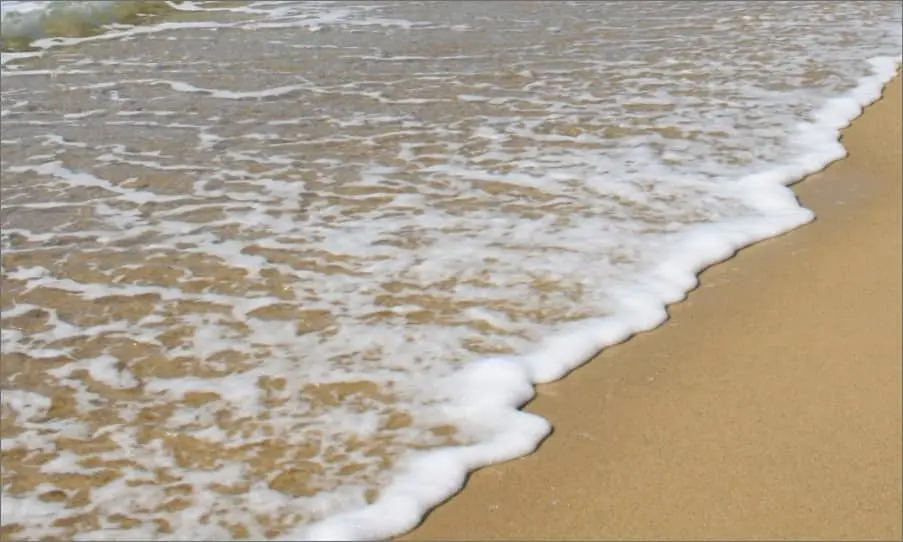161-PLAQUETTE-AQUAGUIDE-WEB_page-0001
Afficher la recherche
Fermer la recherche

In the heart of a wild cove, explore the wonders of Cavalaire’s seabed along the Bonporteau trail. Put on your fins, mask and snorkel before jumping into the water and embarking on your adventure On the programme for this underwater trail: seagrass beds, posidonia, yellow anemones, cuttlefish, or discover the landforms and rocky formations to learn more about the flora and fauna of our coastline.
The trail is open to the public during the summer, with underwater signs attached to buoys describing the site’s attractions If you’d like to find out more about Cavalaire’s local underwater treasures, you can take part in guided tours with a qualified guide.
Whether on the beach or in the water, you’ve probably seen Posidonia. This beautiful plant, sometimes wrongly confused with algae, lives exclusively in the Mediterranean, at depths of up to 40 metres.
It is a flowering plant that forms real underwater forests.
A host of benefits
Firstly, the meadows act as a nursery for Mediterranean animal species and help to oxygenate the water through photosynthesis. What’s more, its deep, dense root system helps to keep the seabed stable.
In winter, the seagrass beds lose their leaves, which wash up on the beach and form banks These are not dirty and are particularly interesting! They protect the beaches from storms and erosion. The same leaves provide food for small animals and organic matter for the plants on the back of the beach.
Given the many benefits of Posidonia, it’s important to let nature take its course and not remove it from the beaches. Posidonia is also one of the hallmarks of our Mediterranean beaches and something to be proud of!
In summer, most of the leaves are taken up by the sea and blown away by the wind, leaving the sand to reappear when the weather is fine.



Go to sea in search of cetaceans and naturalistic riches with the Vedettes des îles d’or and the Corsaire